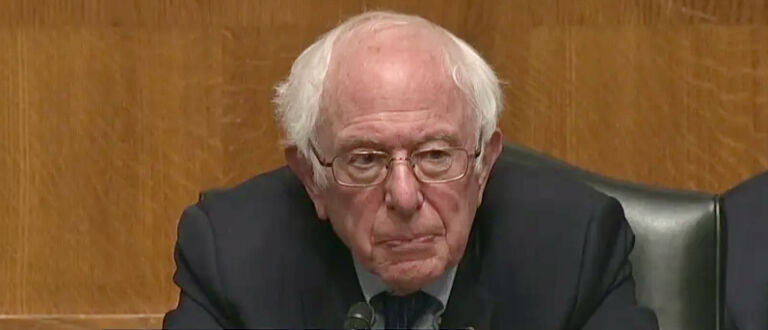In North Carolina, nurse practitioners (NP) can’t treat patients unless they establish a collaborative practice agreement with a supervising doctor – a written contract that outlines patient management, prescribing authorities, and how the NP and physician will communicate with each other.
But NPs don’t have to be in the same geographic location as their overseeing physician, and they are only required to meet twice a year. The lack of oversight, then, begs the question of why these contracts are even necessary.
Some physicians aren’t opposed to NPs practicing without “required collaboration,” but most are for patient safety reasons. Physicians have more advanced knowledge in managing patients’ health over NPs since they undergo more years of medical and clinical training.
These claims shouldn’t devalue the critical role that North Carolina’s 6,152 licensed NPs bring to the health care workforce, however. NPs are graduate-level advanced practice nurses who are responsible for diagnosing patients, ordering labs, prescribing medications (including controlled substances), and managing chronic disease.
And half of the U.S. as well as the Department of Veterans Affairs (VA) doesn’t govern NPs the way North Carolina does. These states recognize that removing physician supervising requirements does not negatively impact patient outcomes, as studies suggest that measured health outcomes of patients who are treated by an NP or an MD are comparable. Nor does such a policy change imply that NPs won’t continue to collaborate with other medical professionals. Granting full practice authority (FPA) to NPs means that they no longer need to seek a physician’s approval for medical decisions that already fall within their scope of practice.
One of the added benefits to granting NPs full practice authority is that it presents them with a more stable opportunity to serve patients in underserved areas. For example, when Arizona granted NPs full practice authority in 2002, workforce data showed a 73 percent increase in the number of NPs delivering care in rural pockets of the state within a five-year-period. NPs in North Carolina already have the option to extend themselves into rural areas, though I’ve written before about how the collaborative practice agreement requirement adds risk to their preferred practice style.
Another question that comes to mind is, has FPA resulted in a substantial increase in the number of NP-led clinics? Going back to Arizona’s workforce trends, third-party payment disparities can make it difficult for a private practice to thrive.
One Arizona nurse practitioner whom I interviewed about scope of practice elaborated on this point. “That’s what’s holding us back…if reimbursements are being discounted as much as 30 to 40 percent compared to that of a physician, it’s hard to operate a sustainable practice,” she says. “The electric company doesn’t discount their charges to me because I’m an NP, I have to pay the same for all of my supplies as another person who is using their supplies,” she explains. “So, where is the justification for the discount?”
In response, insurance companies say that they pay physicians more for the same services because they can provide a larger range of care if needed. In general, it’s also the case that private insurers set their reimbursement rates based on Medicare’s fee schedule, and Medicare typically pays NPs 85 percent of what a physician is paid for the same services.
Payer policies also vary when it comes to paying NPs directly. According to a survey conducted by the National Nursing Consortium, one-third of managed care plans do not recognize NPs as qualified primary care providers who could offer in-network patient care. Under such circumstances, NPs must submit claims under a licensed physician’s name to get paid. Despite North Carolina’s restrictive practice nature on NPs, Blue Cross and Blue Shield of North Carolina does recognize NPs as qualified primary care providers, as does the state’s Medicaid program. Even so, lower reimbursement is holding NPs back from opening their own clinics. Plus, it makes economic sense for NPs who are employed by either a large multi-specialty practice or a health system to bring more revenue by billing “incident-to” the services of a licensed physician.
“If you’re an employed NP who is seeing a large volume of Medicare patients in that practice, that 15 cents add up to real money real quick…you can’t afford to lose that when there’s such a small margin to begin with,” says the NP.
To address payment disparities, some states have passed laws that force insurance companies to pay NPs the same as MDs for comparable services. Another option is for NPs to take it upon themselves to establish their own cash-pay practices. That way, they would no longer have to work for insurance companies, nor concern themselves with their payment structure. A growing number of primary care physicians have gone this route. Removing themselves from the insurance world lets them work directly for their patients, spend less on overhead costs, and offer unlimited primary care in exchange for an average $75 monthly fee.
There is little information out there on NPs setting up cash-pay practices. White Glove Health, Inc., a medical service company that has since closed, was known for having its NPs conduct home and work visits for $35. Businesses and individuals could subscribe to White Glove Health’s medical care services for $300 to $400 a year.
If North Carolina lawmakers decided to modernize the state’s Nursing Practice Act, NPs would be freed from maintaining a collaborative practice agreement with a supervising physician, and, therefore have the option to pursue a career in a practice setting that keeps health care simple. Direct-pay practices simplify our nation’s complex health care equation, restore a stronger provider-patient relationship, and embraces price transparency – all things patients demand.


